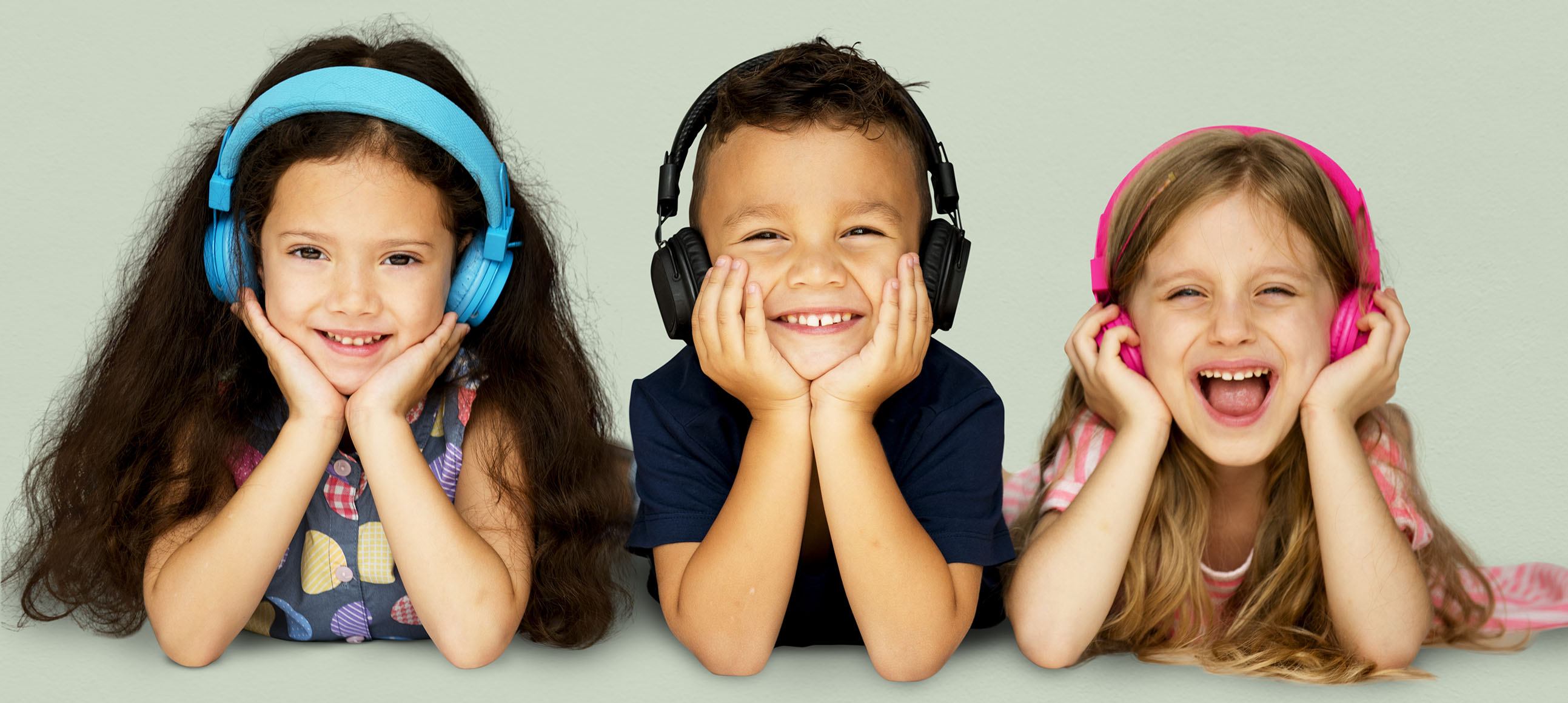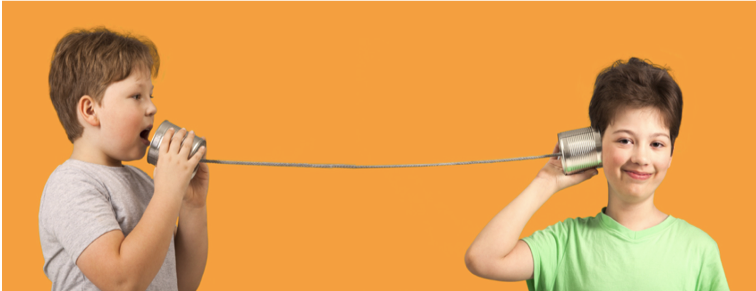Language science games
Fun language science games for all the family!
The Child Language Lab plan to release a games on a new topic every Monday, until children in NSW are back to school full time. All games will be posted here, as well as on our Facebook Page and Twitter Feed.
Is there a language topic you would like to learn more about? Please share your idea with us at ling.cll@mq.edu.au or on our Facebook Page or Twitter Feed and the Child Language Lab may develop some games around it!
We are also working on a range of studies that children can participate in online. To find out more or register your interest, contact us at ling.cll@mq.edu.au
To sing we listen

We often sing together: the school anthem, “Happy Birthday”, or before a sports game. When we sing together, we often sing the same tune, the same words, in the same timing as all other singers. And this is for good reason!
What do you think would happen if everyone sang something slightly different?
These language games will help you find out how tricky it can be to sing together as a group if you’re not actually singing the same thing! This will also show how special singing together actually is.
Download the instructions for 'To sing we listen' games and the science explanation as a PDF.
"P" to the candle

If you have ever blown out the candles on a cake, you know that the air coming out of your lungs and mouth can change the flame. But have you ever observed what happens when you talk into a candle?
In these games you will be talking into a tea light. As you have fun moving the flame with the sounds “a”, “m”, and “p”, you will also learn how air flows when you talk.
Download the instructions for "P" to the candle games and the science explanation as a PDF.
Speech-sound mismatch

If you’ve done the 'Listening to Faces' worksheet, you’ll know that your eyes can help you listen.
In these games we will experience that our brains combine what we hear with what we see of someone’s moving face – even if the two don’t match!
These language games will help you find out what happens when what you see doesn’t match with what you hear.
The sound of rooms

You know that every room looks different. If you see tiles, you know you’re in a bathroom. And if you see pillows and cushions, that’s the bedroom.
Have you ever paid attention to the sound of rooms? Do you think you can recognise a room just by listening to it?
These language games will help you find out how you can use just your ears to recognise what room you’re in.
Download the instructions for the 'Sound of Rooms' games and the science explanation as a PDF.
Listening to faces

We spend a lot of our time listening to people talk – to our family, our friends, our teachers. But sometimes it is hard to hear what people are saying. Maybe you’re trying to talk to each other through the window. Or maybe a bus passing, the neighbour’s lawnmower, or loud music are making it difficult to listen.
Did you know that your eyes can help you listen in these situations?
These language games will help you find out how you can use your eyes to listen when it’s difficult to hear someone.
Download the instructions for 'Listening to Faces' and the science explanation as a PDF.
The sound of feelings

Do you know what it looks like when someone is happy? And what does a sad person look like? We automatically use our eyes to recognise feelings.
But can tell whether someone is happy or sad without looking at them? Can you recognise someone’s feelings with your ears?
These language games will help you find out whether you can use just your ears to recognise someone’s feelings.
Download the game instructions and science explanation as a PDF.
Content owner: Department of Linguistics Last updated: 12 Mar 2024 9:15am

